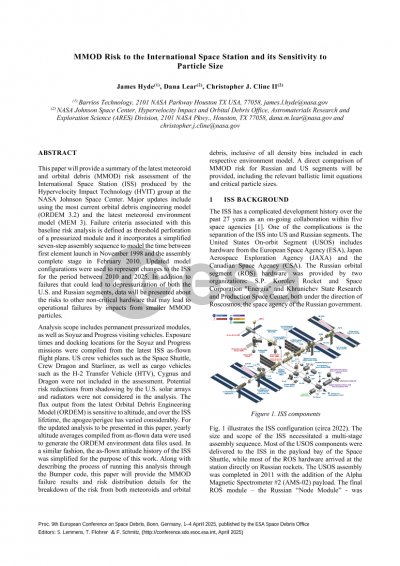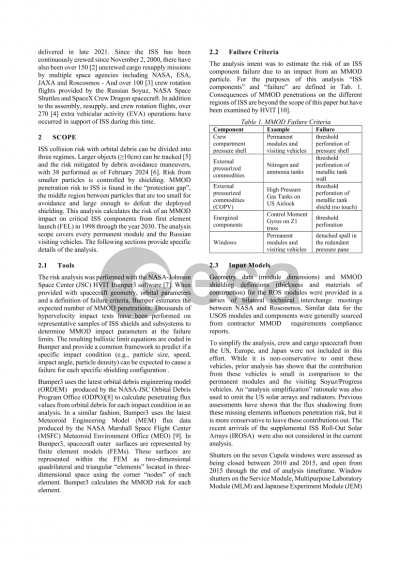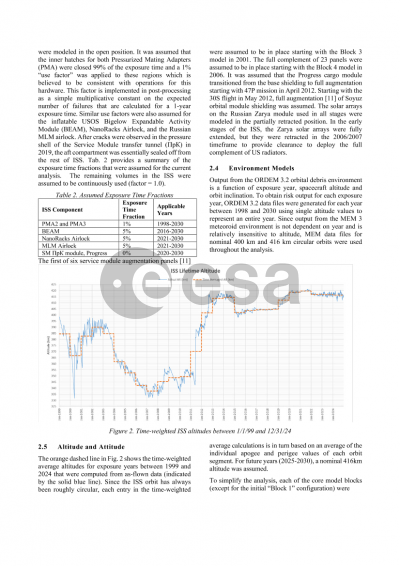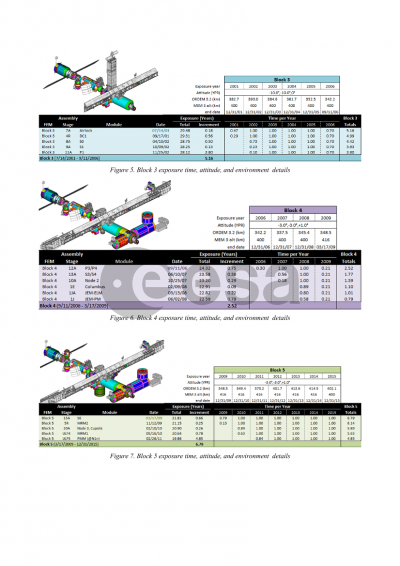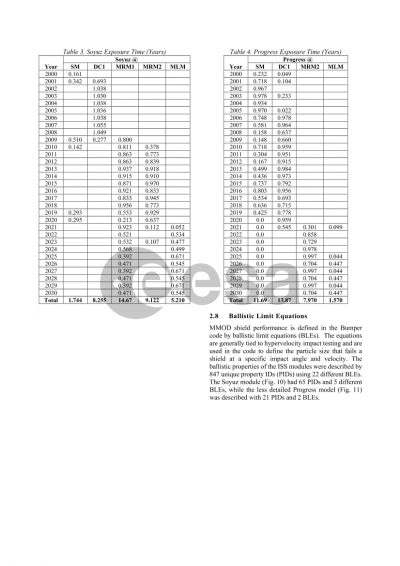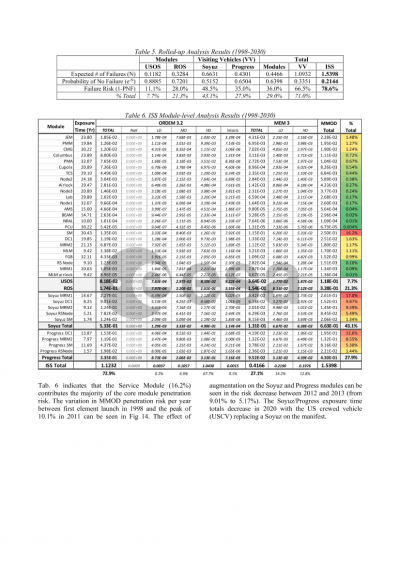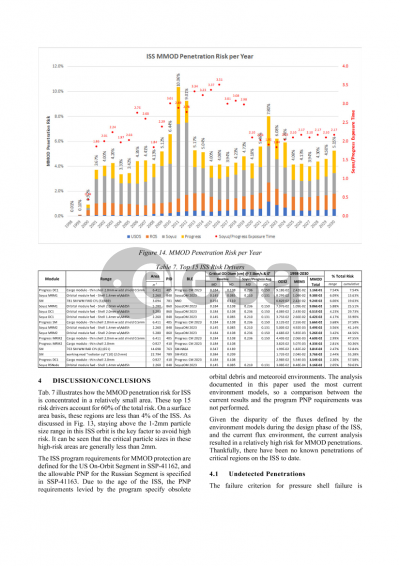Document details
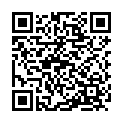
Abstract
This paper will provide a summary of the latest meteoroid and orbital debris (MMOD) risk assessment of the International Space Station (ISS) produced by the Hypervelocity Impact Technology (HVIT) group at the NASA Johnson Space Center. Major updates include using the most current orbital debris engineering model (ORDEM 3.2) and the latest meteoroid environment model (MEM 3). Failure criteria associated with this baseline risk analysis is defined as threshold perforation of a pressurized module and incorporates a simplified five-step assembly sequence to model the time between first element launch in November 1998 and the assembly complete stage in February 2010. Failure model configurations were used to represent updates to the ISS for the period between 2010 and 2025. In addition to failures that could lead to depressurization of both the U.S. and Russian segments, data will be presented about the risks to other non-critical hardware that may lead to operational failures by impacts from smaller MMOD particles.
Analysis scope includes permanent pressurized modules, as well as Soyuz and Progress visiting vehicles. Exposure times and docking locations for the Soyuz and Progress missions were compiled from the latest ISS as flown flight plans. US crew vehicles such as the Space Shuttle, Crew Dragon and Starliner, as well as cargo vehicles such as the H-2 Transfer Vehicle (HTV), Cygnus and Dragon were not included in the assessment. Potential risk reductions from shadowing by the U.S. solar arrays and radiators were not considered in the analysis.
The flux output from ORDEM 3.2 is sensitive to altitude, and over the ISS lifetime, the apogee/perigee has varied considerably. For the updated analysis to be presented in this paper, yearly altitude averages compiled from as-flown data were used to generate the ORDEM environment data files used. In a similar fashion, the as flown attitude history of the ISS was simplified for the purpose of this work.
Along with describing the process of running this analysis through Bumper-code, this paper will provide the MMOD failure results and risk distribution details for the breakdown of the risk from both meteoroids and orbital debris, inclusive of all density bins included in each respective environment model. A direct comparison of MMOD risk for Russian and US segments will be provided, including the relevant ballistic limit equations and critical particle sizes.
Preview
